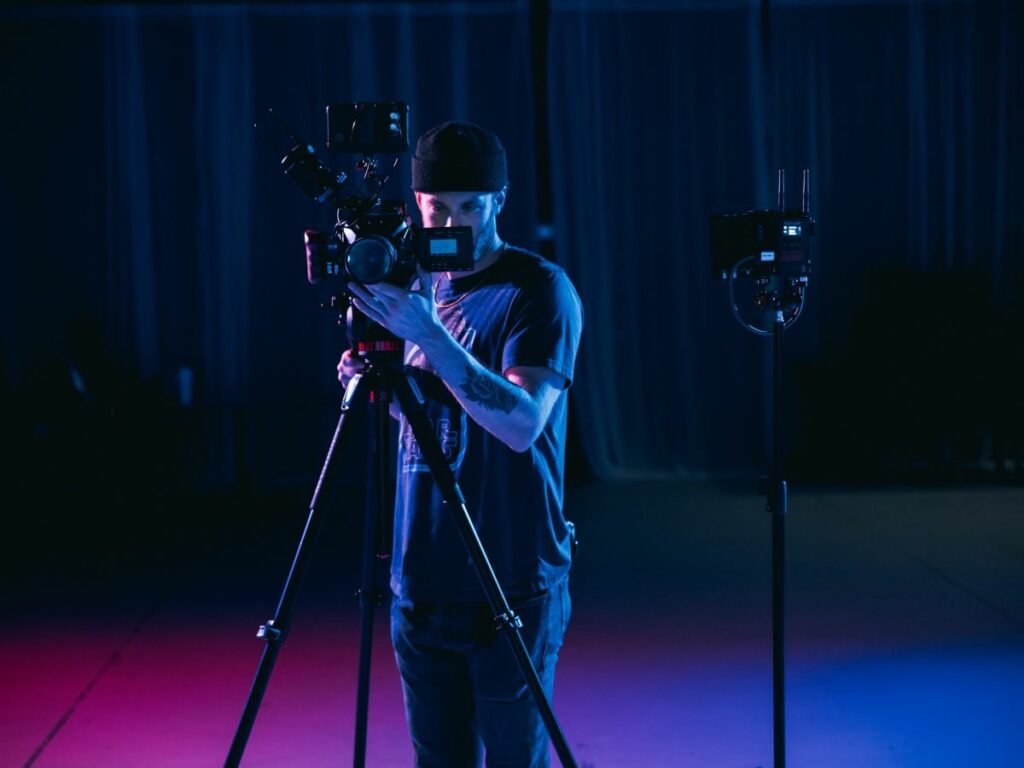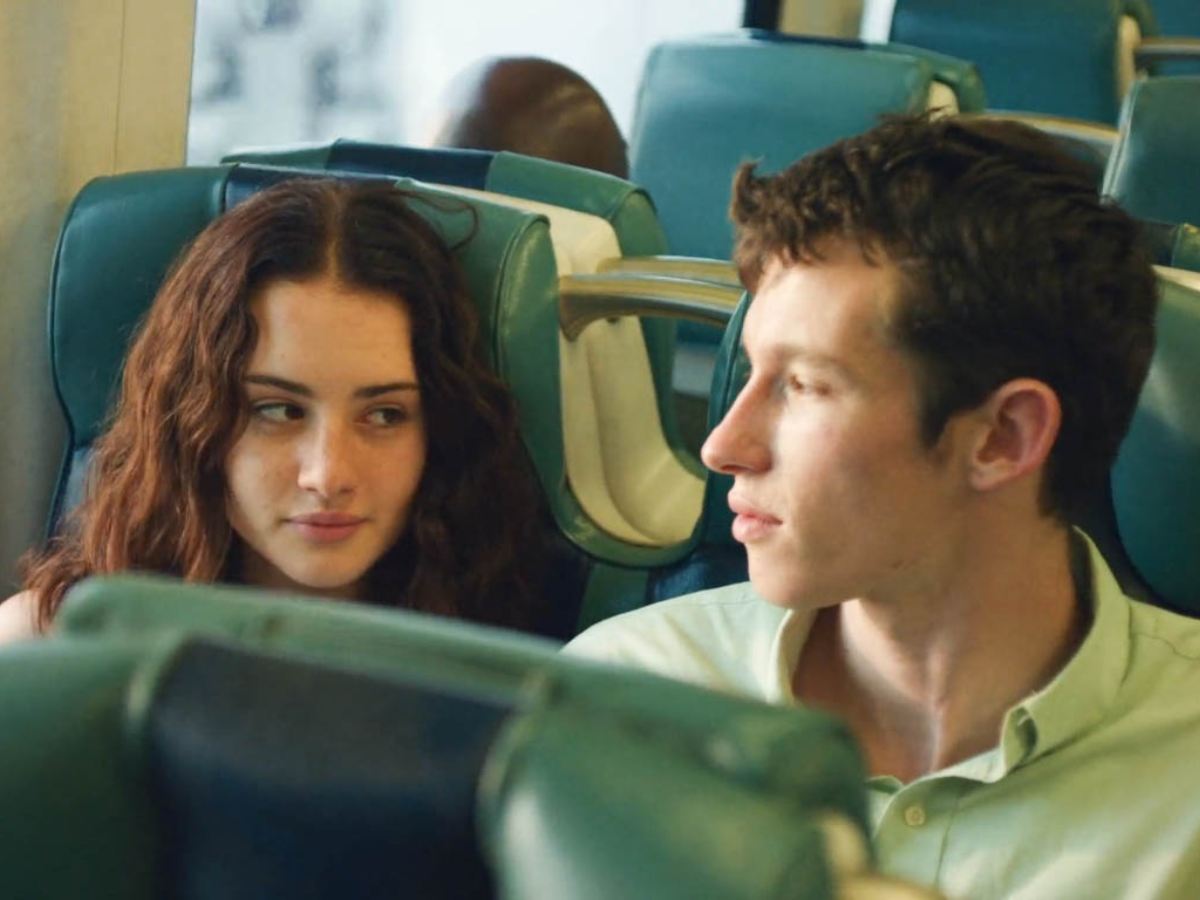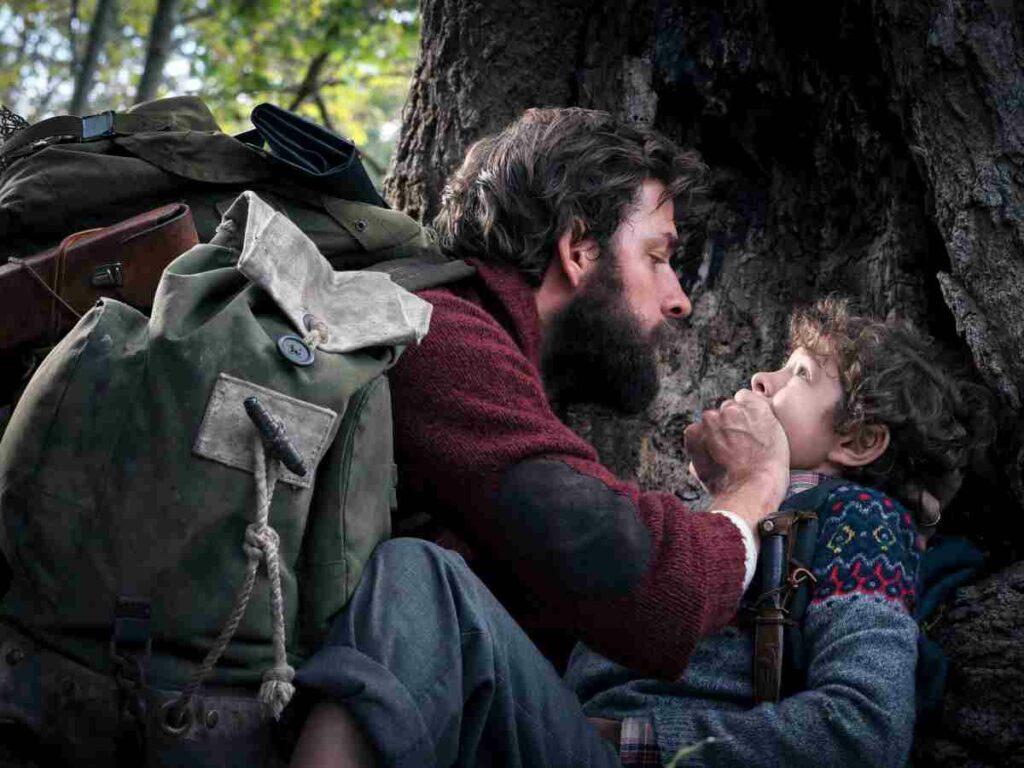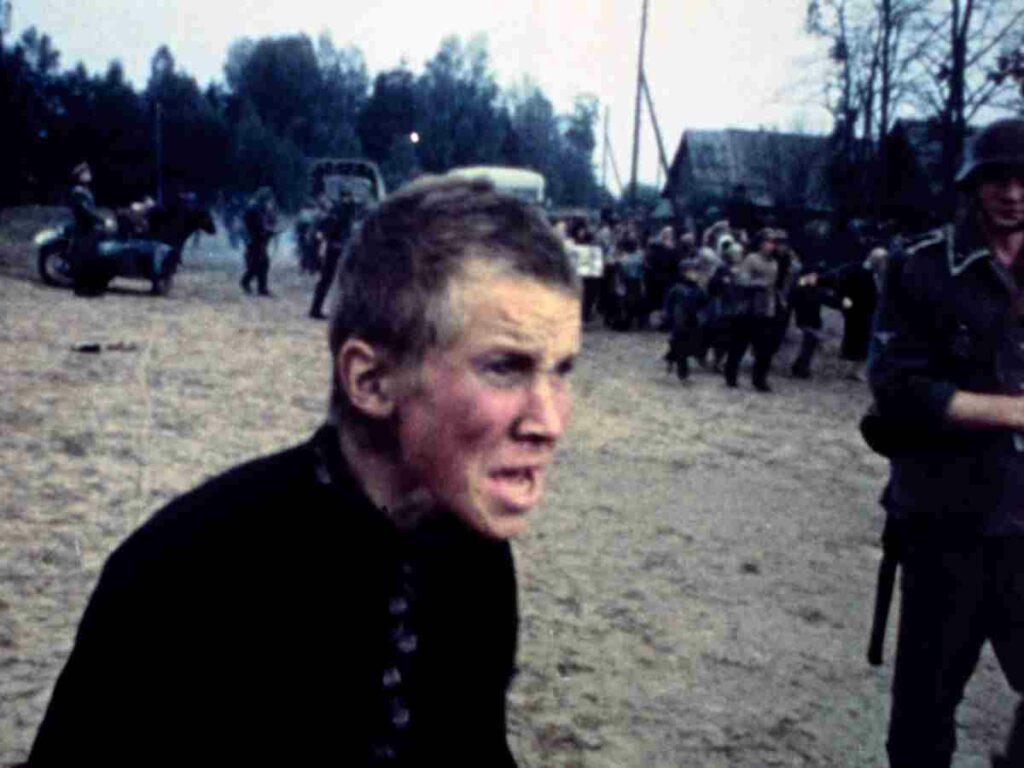The art of storytelling in film goes beyond accomplished directors and compelling acting. A cinematographer breathes life into a film, deftly controlling what viewers see or don’t see and how the image is presented. Look through any list that details the best films of this era, and it won’t be complete without a few examples of films with truly stunning cinematography. It takes years of hard work to hone the skills and truly master the craft of cinematography. It has now truly come into its own as a creative field, with respected colleges all across the world offering cinematography courses. So what does cinematography mean in film and what exactly does a cinematographer do on a film set?
What is cinematography?
The dictionary definition of cinematography is simply the “art of making motion pictures.” But, that doesn’t quite encompass its variety of elements. Cinematography is the art of storytelling in a visually compelling manner. Anyone with a half-decent camera and a tripod can start shooting, but the artistry of cinematography comes in controlling how the narrative plays out by deciding what the viewer gets to or doesn’t get to see.
Cinematography is not limited to taking attractive photographs, it’s also about communicating a story through pictures. The visuals used should have excellent narrative prowess and should be based on filmmaking knowledge and an understanding of how light and arrangement may be used to elicit emotion. The cinematographer’s goal is to capture the film’s mood and atmosphere via imagery. They collaborate with the director, actors and even the set and location crew to achieve the desired effect. It comprises several on-screen visual elements like lighting, framing, camera placement, and camera movement.
History of Cinematography
We can trace the history of cinematography as a technical and creative enterprise to the 1880s, when individuals in photography and film started combining several consecutive photographs to create the illusion of motion. The “Roundhay Garden Scene,” which dates from 1888 and lasts just 2.11 seconds, is the first surviving motion picture.
However, Louis and Auguste Lumière are often credited with inventing the first motion-picture equipment — a camera and projector — which was publicly demonstrated for the first time in 1895. This marks the ascension of the field as a formal and aesthetic field with its own conventions.
Filmmaking has developed rapidly since then. Early narrative film was characterized by experimentation and exploration as movie makers sought to create a visual language for storytelling despite technological constraints, such as the lack of sound before 1929. Motion picture pioneers such as Edwin S. Porter (The Great Train Robbery, 1902) and George Méliès (A Trip to the Moon, 1903), who were among the first to grasp its potential, but handled most aspects of production on their own rather than with complete creative partners. It would be a long, long time before cinematographers would be seen as creative collaborators in their own right, and their influence on a film’s artistry could not be denied.
There is no longer a debate of director vs cinematographer; audiences accept that the film is a product of an equal collaborative process between the two.
Why is cinematography important in a film?
Cinematography helps to set the tone of the film’s visual narrative. Certain shots can create a lasting impact on viewers and make them feel like they’re the same part of the action. It’s the responsibility of the cinematographer to ensure that every visual element that appears on screen serves a purpose and helps to narrate the story better.
What does a cinematographer do?
So, what is the role of a cinematographer? Also known as the director of photography, a cinematographer is entrusted with several duties and responsibilities while on a film set. It is up to them to properly arrange all the elements required in cinematography to get the kind of footage that benefits a film. Some of the primary ones include:
1. Setting up a distinct visual style
One of the most important responsibilities of a cinematographer is determining the visual style and approach of the film. This decision is largely based on the story and the setting of the project. For instance, a gritty thriller might need a dark and moody tone whereas an action film would require a more frenetic feel.
2. Establishing the camera setup
Yet another key responsibility of a cinematographer is establishing the right camera setup for every single shot. This includes picking the right lens, angle, technique, and vantage point to be able to effectively translate the idea from a script onto the screen.
3. Choosing the right lighting elements
A cinematographer can create the right aesthetic to best capture the vision of the director. This requires an understanding of image depth, contrast, and contour.
4. Working together with the director
A cinematographer with a deep understanding of his craft can suggest new ideas and concepts to better visualize what the director has on mind. S/he also understands the kind of visuals that are in line with what the director is looking for and set out to scout for locations that fit the bill.
Once shooting wraps, they work along with the processing lab to ensure that the color is retained and the visuals fit into the vision of the director. Cinematographers are naturally required to be amicable and social as collaborations with creative people are the norm.
5. Working with actors in rehearsals
A cinematographer attends rehearsals with the actors as blocking for a particular scene is bound to evolve with time. This also gives a chance to adjust the cameras in response to a single gesture/action to better capture their performances.
How much do cinematographers make?
The Bureau of Labor Statistics reveals annual mean salary for cinematographers/camera operators – television, video, and film at $80,920 in May 2020.
Cinematography in Animation
Animation is a fast-growing field that is filled with endless possibilities regarding what can be depicted on screen. Defined as the art of manipulating drawn or rendered images such that they appear to be moving, animation holds immense promise for the future of cinema. The quality of the cinematography in an animation can make or break it, while framing, editing, and camera movements are all useful tools to enhance the action or develop the plot.
Even technically excellent and experienced animators are frequently disappointed by the cinematography. Every step in animation is identical to live action, only on a computer. The majority of studios employ cameras that function as genuine cameras in 3D space. Certain use physical cameras and track them into 3D space. The obvious distinction is that an animated film has a layout team that works out how to convert 2D storyboards into 3D. Thus, the work of the cinematographer is to figure out how to arrange the elements of the scene — the background, the characters, the setting, light, colours, etc., such that it moves and behaves in a life-like manner in a 3D space. Thus, they work with the animation team in order to create the visual language much like they would in live action across the multiple camera operators.
Read our detailed analysis of cinematography in Pixar movies and what cinematography means in an animated film.
Cinematography Terms
With an infinite number of choices concerning technique and equipment, it’s pertinent that a cinematographer thinks about the type of shot they want to capture. Multiple factors like the angle, light, and relative ease of camera movement will need to be considered before deciding. So, let us run you through the cinematography basics. Here are some of the commonly used cinematography techniques and terminologies:
Shot
The continuous footage or sequence between two edits or cuts. A film can have hundreds or thousands of shots
Sequences
A series of shots or scenes, edited together in succession with a proper beginning, middle, and end.
Long shot
It’s typically used to show the entire subject from head to toe and their relation to their surroundings. They serve to incorporate a lot of the background into the scene, giving us an idea of the setting. Take Fincher’s use of the long shot towards the end of Fight Club. This visual establishes a budding relationship between the Narrator and Marla, while the world crumbles around them. The shot invites us to participate in the proceedings as a visual bystanders.
Extreme long shot
It’s similar to a long shot, but covers a wider area and the characters need not be visible in the frame. This shot works excellently to establish the location, like in the case of Tarantino’s opening frame in Inglourious Basterds.
Medium long shot
It falls somewhere between a long and close shot and is typically used when there are more than 2 to 3 characters in a frame. Also called a three-quarter shot, it frames the whole subject from the knees up.
Medium shot
This type of shot helps direct the viewer towards the subject, helping us engage with them on a personal level. The subject is framed from the waist up. It is commonly made use of in interviews.
Close up
Here, the subject fills almost the entire frame, helping register facial expressions better. We might be losing information about the surroundings, but that only helps us immerse ourselves in the character better.
Extreme close-up
This shot only frames the person’s facial features, often so much that portions of the subject are cut off by the edges of the frame. You can choose to show specific parts of the body, like the face, or go even closer to show an actor’s eyes. The extreme close-up shot can also be used to frame inanimate objects. Think of a ticking bomb or a bullet shell ricocheting off against an object.
Dutch angle
Often used to convey to the viewer that something’s unsettling or disorienting. Here, the camera has a noticeable tit towards one of the axes. Tom Cruise’s Mission Impossible makes use of Dutch angles excellently. In the restaurant scene, the camera tilts slightly as we realize Ethan Hunt’s now become the target. The same can be said for Inception, which makes use of Dutch angles to create a sense of uncertainty.
Bird’s eye shot
In this shot, the camera is placed directly above the subject and is mostly used to give viewers an objective perspective. However, this will require a large crane or an overhead rig to able to execute the shot properly. In Silence of Lambs, the overhead shot is used to represent Buffalo Bill’s point of view as he looks down upon his prisoner.
Establishing shot
Used to set up the context for a scene ahead and informs the viewer what kind of action will be taking place. They can also be used to show passage of time like the use of Hogwarts in Harry Potter to convey seasons changing, or movement of the school year.
Tracking shot
A type of shot that involves moving the camera throughout the scene for an extended period of time. They’re often used to follow traveling subjects like Butch when he decides to go back for his watch in Pulp Fiction. It makes us live the action as we’re acutely aware of how high the stakes are.
High angle shot
A technique where the camera is placed higher up so as to look down on a character or subject. This can help to convey much-needed information about a certain character. Let’s take a look at how James Cameron frames his leading lady in Titanic. Rose is about to jump to her death, weighed down by her inability to control life. We get a high-angle shot as she looks down at the vast ocean below. This makes her look insignificant both on a physical and emotional level.
Low angle shot
Obverse of the high angle shot, wherein the camera here is positioned below the eye-line of the character. This can give the sense that a character is much taller than they look, making them seem powerful in the eyes of a viewer.
Panning
A shot where the camera moves to the left or right of the horizontal axis
Tilting
A shot where the camera moves up or down on its vertical axis
Key light
It’s the primary source of light in a scene. The lighting design of a cinematographer is determined by the strength, color, and angle of the key light in question. A key light can be manipulated to create softer lighting or harsher shadows.
Side lighting
The lighting used to illuminate the rest of the areas in a scene
Backlighting
Where the main source of light is placed behind the subject, serves to separate the subject and the background.
Steadicam
A camera stabilizer that is either hand-held or attached to the camera operator’s body. A Steadicam is used to capture smooth moving shots.
Diegetic sound
Any sound that is produced from the story-world of the film. This includes character dialogue, sounds made by objects, and music emanating from within the film like music playing loudly on someone’s headphones.
Non-diegetic sound
Sound that does not originate from the film’s world and hence cannot be heard by the characters in the film. This is mostly added later in post-production and includes the musical score, sound effects, and voice-overs.




